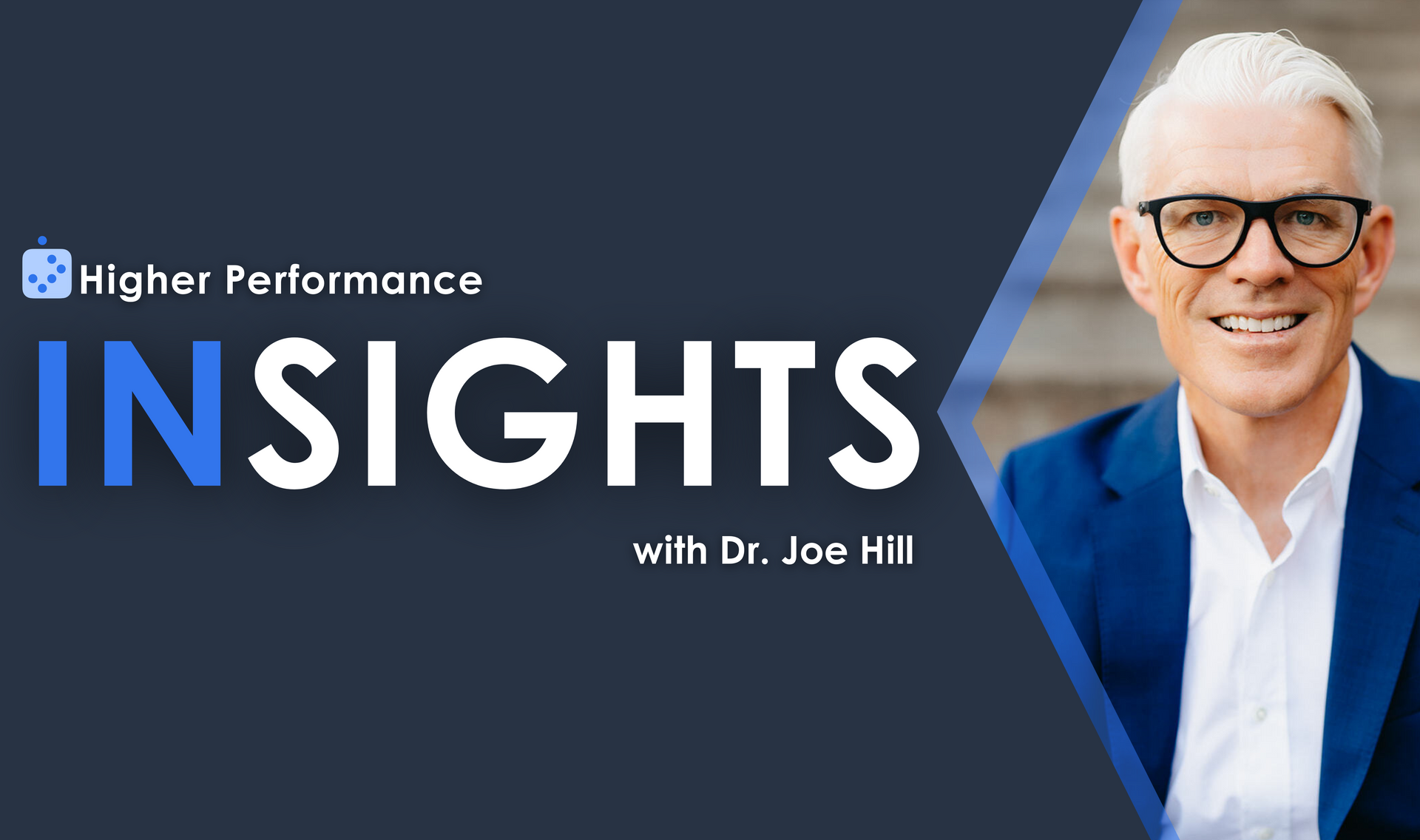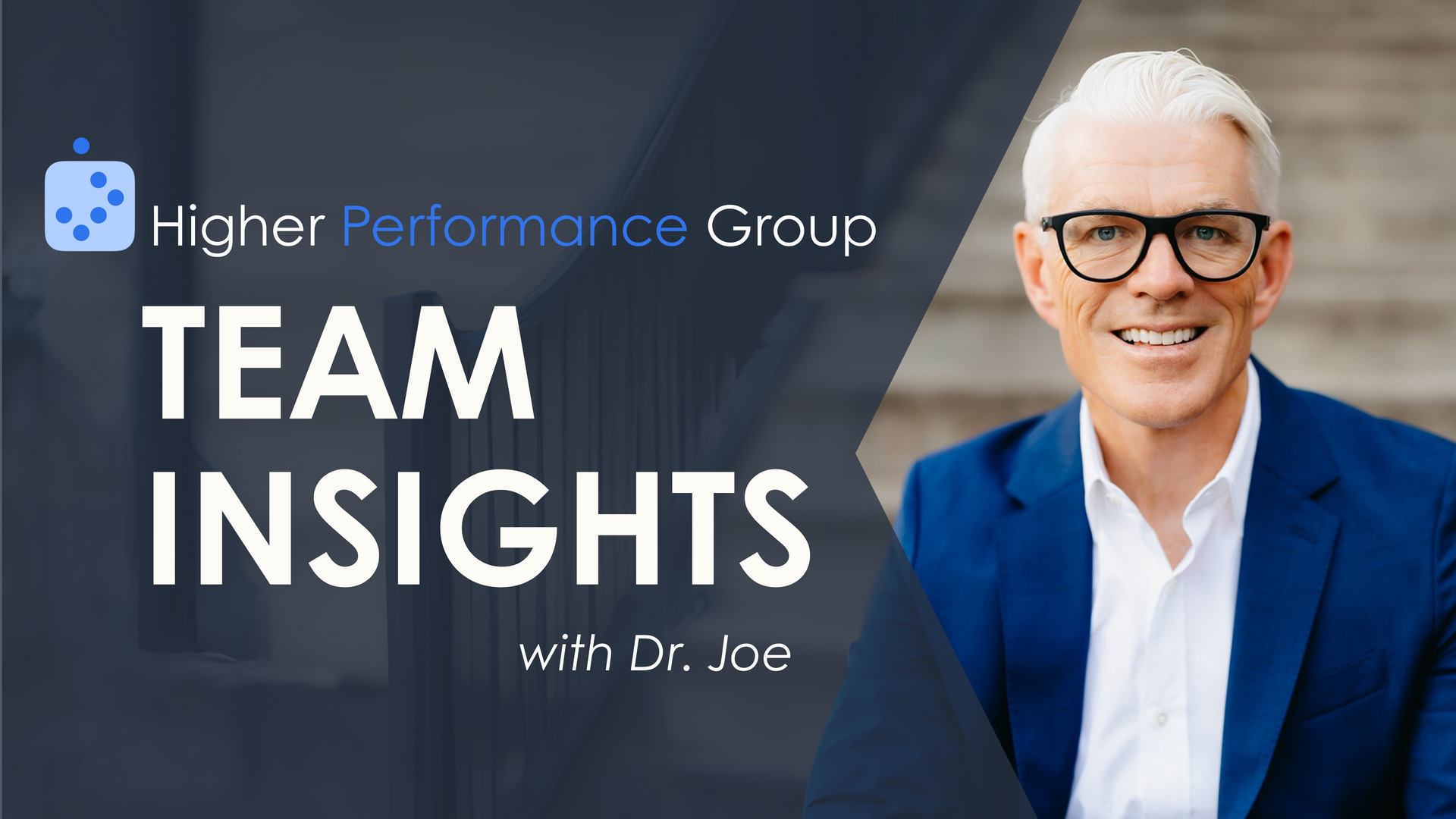By HPG Info
•
December 2, 2025
When Ancient Wisdom Calls Out Your Cabinet Meeting Three thousand years ago, King Solomon looked at lazy people and said, "Go watch the ants work. Maybe you'll learn something." Harsh? Maybe. Accurate? Absolutely. But here's what Solomon didn't know—and what your leadership team desperately needs to understand: The ant's genius isn't that it works hard. It's that the colony has an operating system your brilliant cabinet doesn't. An individual ant has roughly 250,000 neurons. Your CFO has 86 billion. By any measure, your CFO is 340,000 times smarter than an ant. Yet somehow, when you put those ants into a colony, they solve complex routing problems, allocate labor dynamically, adapt to environmental changes, and make collective decisions that consistently optimize for survival. Meanwhile, your cabinet—filled with people 340,000x smarter than any ant—just spent three hours in a meeting and made zero decisions. Again. Here's the profound part nobody in leadership wants to admit: The ants' intelligence doesn't emerge because individual ants got smarter. It emerges because of how they interact. Your cabinet? You've hired smarter and smarter ants. Sent them to better development programs. Given them corner offices and impressive titles. But you've never built the colony operating system. 73% of educational leadership teams in our study have higher individual IQ than collective intelligence. You're paying for genius and getting group project energy where everyone did their part, but nobody read anyone else's sections. Solomon told sluggards to go to the ant. I'm telling brilliant-but-stuck leaders the exact same thing. Comment "COLONY" if you've spent the last year hiring smarter ants and wondering why the colony isn't building anything. THE DIAGNOSIS: WHAT THE ANT KNOWS THAT YOUR PHDs DON'T Let's talk about this like adults who've survived at least one strategic planning retreat that somehow produced a beautiful vision statement and zero change in how your team actually operates. You know this meeting. I know you know it: Your VP of Enrollment presents compelling market data about declining numbers. Solid analysis. Clear recommendations. Your Chief Academic Officer immediately pivots: "We can't just chase numbers—we need to think about mission alignment." (Translation: I'm the guardian of academic integrity, and your proposal feels transactional. Also, I went to grad school for this, not to run a business.) Your CFO is already calculating ROI and asking about costs nobody's thought about yet. (Translation: I'm the adult who understands we can't spend money we don't have. Also, I'm the only one who actually reads the audit reports.) Your VP of Student Affairs is thinking about how this affects current students and whether anyone consulted them. (Translation: While you all strategize in the abstract, I actually talk to students. You know, the humans this is supposedly about?) Four brilliant perspectives. Each one valid. Each one advocating with genuine expertise. Zero synthesis. Zero integration. Zero collective intelligence. The meeting ends with everyone agreeing to "explore this further"—professional code for "we'll have this exact conversation in three weeks, except everyone will be slightly more exhausted." What actually happened? You had four separate monologues performed simultaneously. Four individual ants wandering in circles, each following their own pheromone trail, wondering why the colony isn't building anything. The ants don't do this. They can't afford to. A colony that operates like your cabinet meeting would be extinct in a week. The Loneliness of Seeing the Whole Nest I know the loneliness of being the leader in this moment. Of feeling like you're the only one who can see the whole nest while everyone else optimizes their individual tunnel. Of wondering if you're the problem because surely—SURELY—other leadership teams have figured out how to think collectively instead of just politely taking turns thinking individually. Of going home exhausted, not from hard work but from the emotional labor of being the only person trying to synthesize perspectives that should integrate naturally if you just had the right operating system. But here's what nobody tells you at leadership conferences: You're not the problem. You're trying to solve a colony problem with an ant solution. You keep hiring smarter ants. Sending them to better development programs. But individual ants—no matter how brilliant—can't solve problems that require colony-level intelligence. Solomon wasn't telling sluggards to work harder. He was telling them to work smarter—specifically, to work like a system rather than as isolated individuals. (This is actually why I created The GROUP —a free community where insights like this become Leader CORE Lessons you can deploy Monday morning. Because translating the ant paradox into Tuesday's cabinet meeting without an implementation guide is how good insights die in conference rooms. But I'm getting ahead of myself.) When Individual Genius Meets Collective Mediocrity Let me tell you about a community college president I'll call Marcus (not his real name, but Marcus, you know exactly which budget meeting made you finally admit your Avengers had never actually assembled). Marcus had a dream team on paper. CFO with an MBA from a top program. Chief Academic Officer with a track record of innovation. VP of Student Affairs who'd turned around retention twice before. Individual excellence? Off the charts. Each ant was brilliant—340,000 times smarter than the insects Solomon was watching. Cabinet meetings? Marcus described them as "watching brilliant people talk past each other in high definition while the institution slowly loses momentum." Someone would present an idea. Three others would immediately explain why it wouldn't work from their domain perspective. Decisions got made through exhaustion, not synthesis. Implementation was inconsistent because everyone left with different interpretations. The colony wasn't building anything. The ants were just wandering in increasingly frustrated circles. Marcus tried what you've probably tried: More communication training. Better meeting structures. Expensive retreat with a consultant who taught them "active listening." He sent people to individual development programs. Each person came back smarter, more skilled, better equipped—individually. Nothing changed collectively. Because Marcus was still breeding smarter ants when he needed to build colony intelligence. He was solving an operating system problem with a personnel solution. Tag the cabinet member who came back from their last conference excited and exhausted—whose brilliant insights somehow died in your first meeting back. THE FRAMEWORK: THE ANT PARADOX EQUATION Call this the Ant Paradox. Or don't. Either way, it'll explain why your brilliant cabinet consistently operates at 60% capacity—and what actually changes the equation. P = (p - i) (TQ) Performance equals potential minus interference, X Team Intelligence. This isn't new-age fluff. This is the mathematical expression of what Solomon observed three millennia ago when he watched ants outperform humans at collective work. 1. Your Potential Is Already There (The Ants Are Already Smart Enough) Think about your cabinet. Combined decades of experience. Multiple advanced degrees. Proven track records. Individually? Everyone's operating at 7-8 out of 10. Collectively? Your team is operating at 4-5 out of 10 of actual capacity. That 40% gap? That's not a personnel problem. That's the difference between individual ants and colony intelligence. And you can't close it by hiring better ants. Solomon didn't tell sluggards to become smarter. He told them to observe how already-smart-enough ants become collectively brilliant through their operating system. Your problem isn't insufficient individual intelligence. Your problem is the absence of protocols that turn individual intelligence into collective genius. 2. The Interference Is Killing Your Colony Every time your CFO and CAO have their polite disagreement about fiscal sustainability versus academic mission—without any framework for how both can be true simultaneously—that's interference. Every time someone leaves a meeting unclear about who actually decides what, that's interference. Every time perspectives collide instead of integrate, that's interference. Interference isn't drama. It's the friction that happens when high-performing individuals lack the operating system to become a high-performing collective. The ant colony solved this with pheromone trails—simple communication protocols that turn one ant's discovery into colony-level action. When one ant finds food, it doesn't schedule a meeting to discuss optimal resource allocation. It doesn't form a committee to study implementation. It doesn't send three follow-up emails clarifying the decision-making process. It leaves a chemical trail. Other ants follow it. The colony eats. Simple protocol. Zero interference. Maximum collective intelligence. You need the human equivalent. 3. Team Intelligence Is the Operating System Here's where 99% of leadership development completely misses Solomon's point: They try to make each individual better at communication. Better at strategy. Better at whatever competency is trending. They're breeding smarter ants. But TQ isn't about making individuals better. It's about creating conditions where your team's collective intelligence exceeds the sum of its parts. ━━━━━━━━━━━━━━━━━━━ "The ant colony has foragers, soldiers, nurses, builders—specialized roles working in concert. Your team needs the same: diverse perspectives with integration protocols." ━━━━━━━━━━━━━━━━━━━ The breakthrough isn't getting your CFO to become more emotionally intuitive or your Student Affairs VP to become more financially analytical. The breakthrough is creating the operating system where all perspectives integrate into decisions better than any single leader could make alone. That's what the ants have that you don't: Not smarter individuals. Smarter interaction protocols. That's what Solomon saw that you've missed: The wisdom isn't in the ant. It's in how the ants work together. Marcus Built the Colony Operating System Marcus finally understood what Solomon was saying three thousand years ago: His team didn't need to work harder. They needed to work like a colony instead of isolated individuals. His team took the Team Intelligence assessment. (Results were humbling. His CFO: "Well, this explains why I leave every meeting feeling like I'm the only one who gets it"—which, plot twist, everyone else was also thinking.) They were operating at Level 7-8 individually but Level 3 collectively. High individual IQ, catastrophically low team operating system. They had brilliant ants with no pheromone trails. Here's what changed: Communication protocols —not "let's communicate better" platitudes, but actual rhythms for how perspectives integrate before decisions get made. Simple. Clear. Executable. When presenting a recommendation, include the perspective of at least two other roles. When someone presents, the next person synthesizes before adding. When we disagree, we state what would make both perspectives true before choosing. Decision rights —so people stopped treating every decision like it needed consensus. The ant colony doesn't vote on where to build the nest. It has clear protocols for when different roles engage. They mapped their top 10 decision types. Assigned clear rights. Watched 40% of meeting time vanish because they'd stopped having colony-level conversations about ant-level decisions. Thinking out loud together —not performative agreement, but actual cognitive diversity where "this is financially impossible" and "this is pedagogically essential" became inputs into a solution neither could see alone. Six months later: Same people. Same budget constraints. Same enrollment pressures. Cabinet meetings went from three hours of polite disagreement to 90 minutes of actual decision-making. Not because they agreed more—because they'd built the operating system for integrating disagreement into better solutions. Decisions got made faster, implemented more consistently, and actually stuck. Not because individuals got smarter—because the team got smarter. Marcus got 14 hours per week back. They stopped trying to hire smarter ants. They built the colony operating system that turned brilliant individuals into collective intelligence. They finally went to the ant. Considered its ways. And became wise. Revolutionary? No. Obvious? Yes, once you see it. Common? Based on 987 leadership teams—absolutely not. Now, if you're thinking "this makes perfect sense, but how do I actually facilitate the 'build our operating system' conversation with my cabinet on Tuesday without it turning into another meeting about meetings?"—I get it. That's the gap between insight and implementation. This is what The GROUP is for. Each week, I turn the newsletter topic into a Leader CORE Lesson and Guide: facilitation notes, discussion prompts, the Team Intelligence diagnostic, team exercises for building your operating system—everything you need to lead your team through this content without spending Sunday night trying to translate ant colonies into something your CFO won't roll their eyes at. It's free (because charging you to learn how ants solved this problem 100 million years ago would be peak irony), built for busy leaders who need practical resources, not more theory, and designed for Monday morning meetings when you're already exhausted. Grab this week's Ant Paradox implementation guide: https://www.higherperformancegroup.com/the-group But whether you join The GROUP or not, here's what you can implement immediately... THE APPLICATION: BUILDING YOUR COLONY OPERATING SYSTEM (MONDAY MORNING EDITION) Here's what to do Monday morning (assuming your cabinet isn't already in crisis mode from the three decisions you didn't make last week): STEP 1: The Ant Paradox Audit (20 minutes) At your next cabinet meeting, before diving into the seventeen urgent items everyone brought, put this on the agenda: "Solomon told sluggards to go to the ant because the ant had something they didn't. I'm going to suggest we have the same problem. Let's run a diagnostic. On a scale of 1-10, rate two things: 1. How smart is each person on this team individually? 2. How smart are we as a collective when solving complex problems together?" Write down answers privately. Then go around the room. What you'll discover: If Question 1 averages 7-8 and Question 2 averages 3-4, congratulations—you've just discovered you have brilliant ants with no colony operating system. If everyone rates both questions equally high, someone's lying (probably the person who scheduled three sidebar conversations before this meeting to "align" because they don't trust the group process). If answers vary wildly, you don't have shared understanding of whether you're even trying to build colony intelligence or just managing individual ants more efficiently. The diagnostic question: "Are we breeding smarter ants, or are we building a smarter colony?" If you don't know the answer, you're doing the first thing while hoping for the second. Solomon wouldn't be impressed. STEP 2: The Pheromone Trail Mapping Exercise (25 minutes) This one's uncomfortable but worth it: "The ant colony's intelligence lives in its pheromone trails—the communication protocols that turn one ant's discovery into colony-level action. Let's map our equivalent. Think about the last major decision we made. How did information actually flow? Who talked to whom? Whose perspective never made it into the final decision?" Draw it on a whiteboard. Literally map it. You'll probably discover one of three patterns: Pattern A - The Hub and Spoke: Everyone talks to you, but not to each other. You're trying to be the central processor for the entire colony. This is why you're exhausted. The ant colony doesn't work this way because it can't scale. Pattern B - The Siloed Clusters: Your CFO and VP of Operations talk. Your CAO and Student Affairs VP talk. But the two clusters never integrate. You have two colonies pretending to be one. Pattern C - The Random Chaos: Information flows based on whoever happens to run into whom in the hallway. Your "operating system" is geographic proximity and scheduling luck. None of these creates colony intelligence. They create very busy, very frustrated individual ants who are each 340,000 times smarter than actual ants but producing worse collective results. Now ask: "What would our pheromone trails need to look like for information from one perspective to actually inform action across the whole team?" Don't solve it yet. Just name what's missing. That gap between your current communication pattern and actual colony intelligence? That's your TQ deficit. That's what Solomon saw three thousand years ago that you're just now discovering. OBJECTION HANDLING "But we don't have time to think about ant colonies when we have actual crises to manage." You have crises BECAUSE you don't have colony intelligence. You're managing the same problems repeatedly because you've never built the operating system that would solve them collectively. Also, you just spent three hours in a cabinet meeting that produced zero decisions. You have 14 hours per week trapped in meeting cycles that don't work. You don't have time NOT to build this. The ants figured this out while also building nests, farming food, and defending against predators. You can figure it out while managing enrollment and budgets. Solomon didn't tell busy people to go to the ant. He told sluggards—people who were working but getting nowhere. That's the diagnostic: Are you working, or are you building? THE MATURITY SHIFT ❌ Immature leaders think: "I need to hire smarter people." ✅ Mature leaders think: "I need to build the operating system that makes my smart people collectively brilliant." ❌ Immature leaders optimize individual ants. They send people to development programs, hire consultants for better communication, add more expertise to the table, and wonder why team performance stays flat. ✅ Mature leaders build colony intelligence. They create interaction protocols, communication rhythms, and decision-making frameworks that turn brilliant individuals into collective genius. ❌ Immature leaders believe: "If everyone just did their part better, we'd get better results." ✅ Mature leaders know: "If we built better integration protocols, doing our parts would produce exponential results." The sluggard works hard but gets nowhere. The wise person goes to the ant, considers its ways, and builds differently. The difference is the difference between breeding smarter ants and building a smarter colony. One keeps you busy managing individual performance. One makes impossible inevitable because you've unlocked the collective intelligence that was always there—you just never built the operating system to access it. ━━━━━━━━━━━━━━━━━━━ "You have smarter ants than the ants do. You just don't have their colony operating system. And until you build it, you'll keep hiring smarter individuals while getting the same mediocre collective results." ━━━━━━━━━━━━━━━━━━━ The ant paradox isn't a cute nature metaphor. It's a brutal diagnosis of why your brilliant cabinet consistently underperforms its potential. Solomon saw it three thousand years ago. The ants figured it out 100 million years ago. You're still trying to solve it with better meeting agendas and individual development programs. That's not a personnel problem. It's an operating system problem. And unlike your budget constraints or enrollment challenges, this one is 100% within your control to fix. YOUR TURN: THE QUESTION SOLOMON ASKED THREE THOUSAND YEARS AGO Think about your last major decision as a cabinet. Honest assessment—did you synthesize multiple perspectives into something better than any single view? Or did you average perspectives into a compromise that satisfied no one? Did you work like a colony? Or like individual ants wandering in circles while calling it collaboration? Drop a comment with your cabinet's Ant Paradox score: Rate individual intelligence 1-10, then collective intelligence 1-10. Post both numbers. Let's see how many brilliant leadership teams are operating at ant-level collective intelligence. Tag the cabinet member who you think sees this pattern too. Or screenshot the ant paradox section and text it to your CFO with the message "We need to talk about Tuesday's meeting." P.S. IF YOU'RE THINKING "I DON'T HAVE TIME TO TURN THIS INTO A TEAM MEETING RESOURCE" I already did it for you. The GROUP is a free community where every newsletter becomes a ready-to-deploy Leader CORE Lesson and Guide. Facilitation notes. Discussion prompts. Team exercises. The Team Intelligence diagnostic that shows your team exactly where their operating system breaks down. JOIN THE GROUP: https://www.higherperformancegroup.com/the-group Think of it as the meal kit version of team development. I prep the ingredients and recipe. You just facilitate. Your team gets fed. Everybody wins. Plus, you get access to hundreds of campus leaders who are also trying to eliminate their performance gaps and understand why their last cabinet meeting went sideways. The implementation guides save you hours. The peer conversations? Those might save your sanity. FOUND THIS VALUABLE? The LinkedIn algorithm won't show this to your network unless YOU share it: → Repost with YOUR Ant Paradox score (individual IQ vs. collective IQ—be honest) → Tag 3 cabinet members trapped in the meeting cycle → Comment: "COLONY" if you're ready to build the operating system Tag DR. JOE HILL and Higher Performance Group in your repost. (LinkedIn's algorithm prioritizes posts that generate tags and reposts in first 2 hours. Help other leaders discover this.) The more leaders who shift from individual heroics to team intelligence, the better our educational systems become. Follow DR. JOE HILL and Higher Performance Group for weekly Team Intelligence insights. NEXT ISSUE: "Your Cabinet Is The Avengers (If Nobody Watched Each Other's Movies)" We'll explore why your all-star leadership team operates like superheroes who've never fought together—each one brilliant in isolation, each one solving problems with their signature move, but with zero coordination when the real battle starts. Spoiler: You're not having a talent problem. You're having an integration problem, and no amount of individual superpowers fixes a team that's never learned to assemble.





